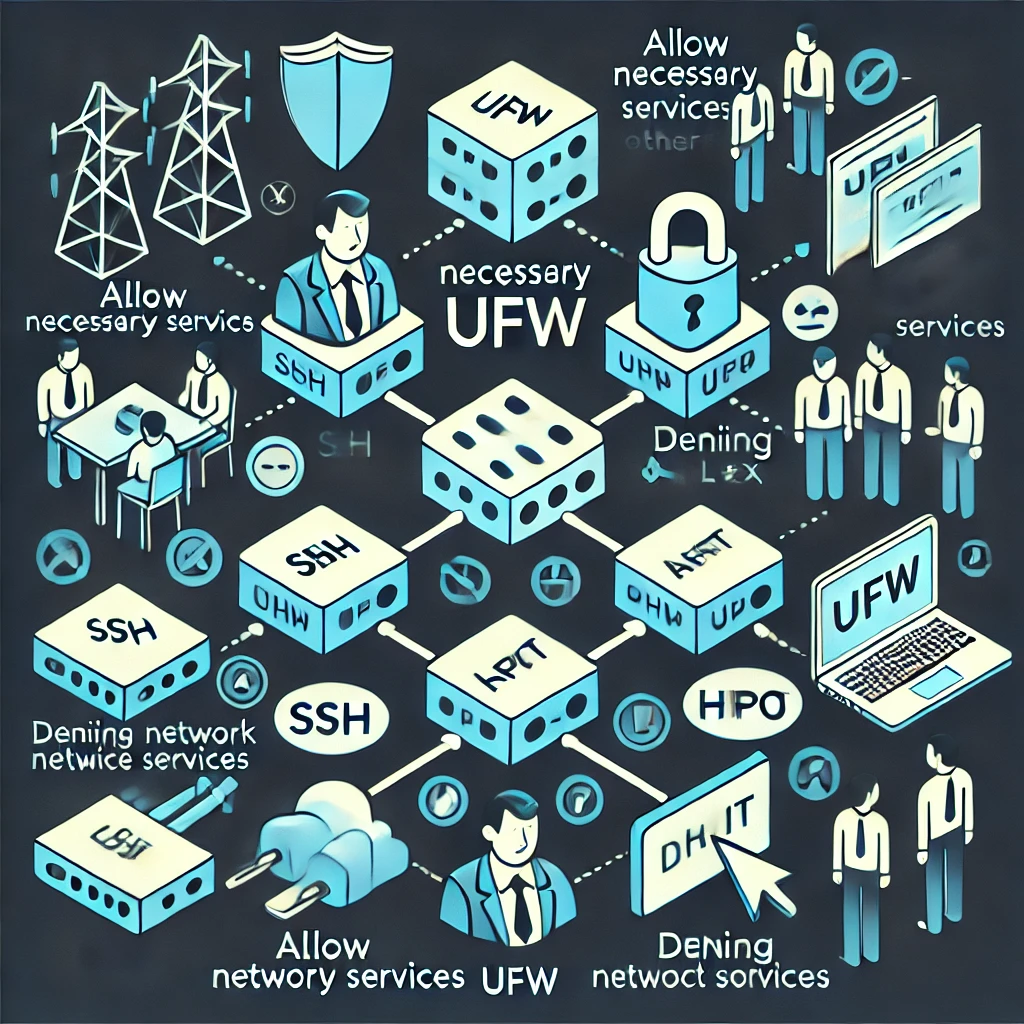Introduction
Linux servers are a backbone for many enterprises, offering robust performance and security. However, even the most secure systems require proper configuration to protect against threats. Server hardening is the process of enhancing security by reducing vulnerabilities and tightening controls. This guide will walk you through key practices for hardening Linux servers in an enterprise setting, ensuring your systems are secure against potential attacks.
1. Update and Patch Regularly
Importance of Regular Updates
Keeping your Linux server updated is the first step in hardening. Security vulnerabilities are often discovered and patched by developers. Regular updates ensure these patches are applied, protecting your system from known threats.
How to Stay Updated
Configure your system to automatically check for updates. Use package managers like apt, yum, or dnf to install them. For critical updates, consider setting up unattended upgrades to minimize risks.
Transition Words Example: Additionally, for critical updates, consider setting up unattended upgrades to minimize risks.
2. Limit User Access
Implement the Principle of Least Privilege
Only grant users the permissions they need to perform their jobs. This limits the potential damage if an account is compromised.
User Management Best Practices
Create separate accounts for each user. Avoid using root for routine tasks. Use sudo for administrative tasks, ensuring that actions are logged for accountability. Regularly review and update user permissions to maintain security.
Transition Words Example: Moreover, regularly review and update user permissions to maintain security.
3. Secure SSH Access
SSH Configuration
SSH is the primary method for accessing Linux servers remotely. Securing SSH access is crucial to prevent unauthorized logins.
Best Practices for SSH
First, disable root login via SSH. This prevents attackers from gaining direct access to the root account. Second, change the default SSH port to reduce the risk of automated attacks. Third, use SSH keys instead of passwords for authentication, as they are more secure. Finally, enable two-factor authentication (2FA) for an additional layer of security.
Transition Words Example: Finally, enable two-factor authentication (2FA) for an additional layer of security.

4. Implement Firewall Rules
Why Firewalls Matter
A firewall is a barrier between your server and potential attackers. It controls incoming and outgoing traffic based on predetermined rules, reducing the risk of unauthorized access.
Setting Up a Firewall
Use tools like ufw (Uncomplicated Firewall) or iptables to configure your firewall. Start by allowing only necessary services and blocking all others. For example, if you only need SSH and web access, block all other ports. Regularly review firewall rules to ensure they meet your security needs.
Transition Words Example: For example, if you only need SSH and web access, block all other ports.

5. Monitor and Log System Activity
Importance of Monitoring
Continuous monitoring helps detect and respond to suspicious activities. Logging system events provides a trail of evidence if a breach occurs.
Effective Monitoring Practices
Set up logging with tools like rsyslog or journalctl. Ensure logs are stored securely and regularly reviewed. Additionally, use monitoring tools like Nagios, Zabbix, or Prometheus to track system performance and detect anomalies in real-time.
Transition Words Example: Additionally, use monitoring tools like Nagios, Zabbix, or Prometheus to track system performance and detect anomalies in real-time.

6. Disable Unnecessary Services
Reducing the Attack Surface
Running unnecessary services increases the number of potential entry points for attackers. Disabling these services reduces the attack surface of your server.
How to Identify and Disable Services
Use the systemctl command to list running services. Disable those that are not essential to your server’s operation. For example, if your server does not require FTP, disable the FTP service. Regularly audit your services to ensure that only necessary ones are running.
Transition Words Example: For example, if your server does not require FTP, disable the FTP service.
7. Use SELinux or AppArmor
Mandatory Access Control (MAC)
SELinux and AppArmor are security modules that enforce MAC policies, adding an extra layer of security to your Linux server.
Configuring SELinux and AppArmor
Choose the module that best fits your distribution. SELinux is more common in Red Hat-based systems, while AppArmor is often used in Debian-based systems. Enable the module and configure it to enforce strict security policies. Regularly review and update these policies to adapt to new security requirements.
Transition Words Example: Regularly review and update these policies to adapt to new security requirements.

8. Backup Regularly
Importance of Backups
Even with the best security measures, breaches can still occur. Regular backups ensure that your data can be restored in case of an attack or failure.
Best Practices for Backups
Use automated backup tools like rsync, Bacula, or Duplicity. Store backups in a secure, off-site location. Test your backups regularly to ensure they can be restored successfully. Additionally, consider using encryption to protect backup data from unauthorized access.
Transition Words Example: Additionally, consider using encryption to protect backup data from unauthorized access.
Conclusion
Hardening a Linux server is essential for securing enterprise environments. By updating regularly, limiting user access, securing SSH, implementing firewall rules, monitoring activity, disabling unnecessary services, using SELinux or AppArmor, and backing up data, you can significantly reduce your server’s vulnerability to attacks. Stay vigilant and continually update your security practices to keep pace with evolving threats.



